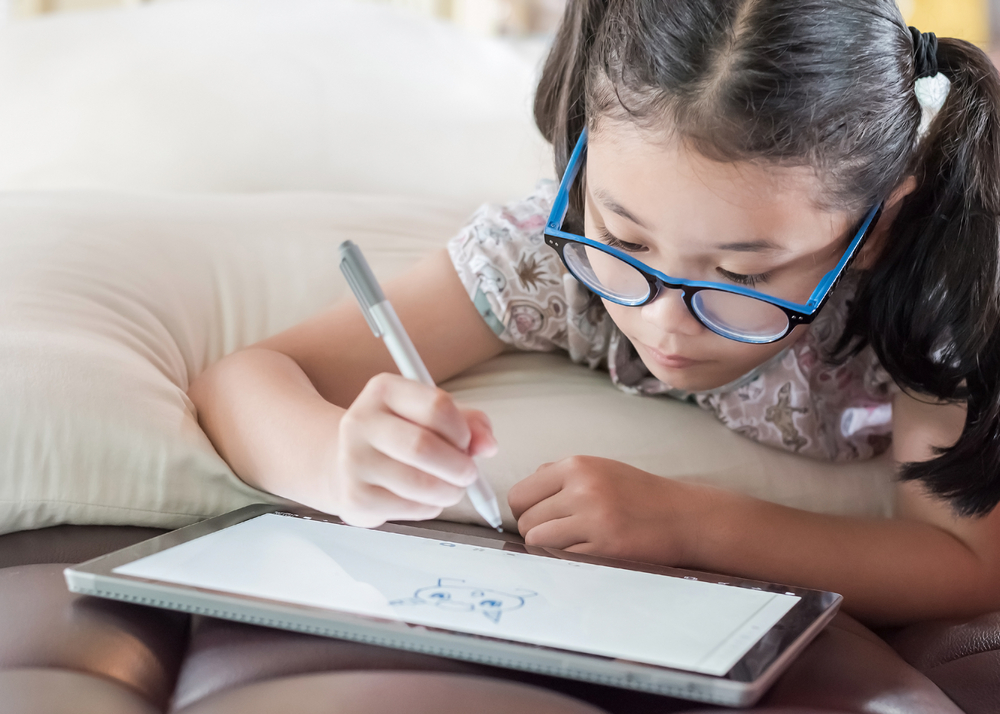Alphabetical order understanding Worksheets for Ages 4-6
7 filtered results
-
From - To
Discover our engaging Alphabetical Order Understanding Worksheets designed specifically for children ages 4-6. These worksheets provide a fun and interactive way for young learners to grasp the concept of alphabetical order. Featuring vibrant illustrations and relatable scenarios, children will practice sorting letters and words while enhancing their reading and writing skills. Our easy-to-follow exercises cater to various learning styles, ensuring an enjoyable educational experience. Perfect for home or classroom settings, these resources encourage early literacy and vocabulary development. Help your child build a strong foundation in language skills while fostering a love for learning with our exciting worksheets!


Letter P Sound Worksheet
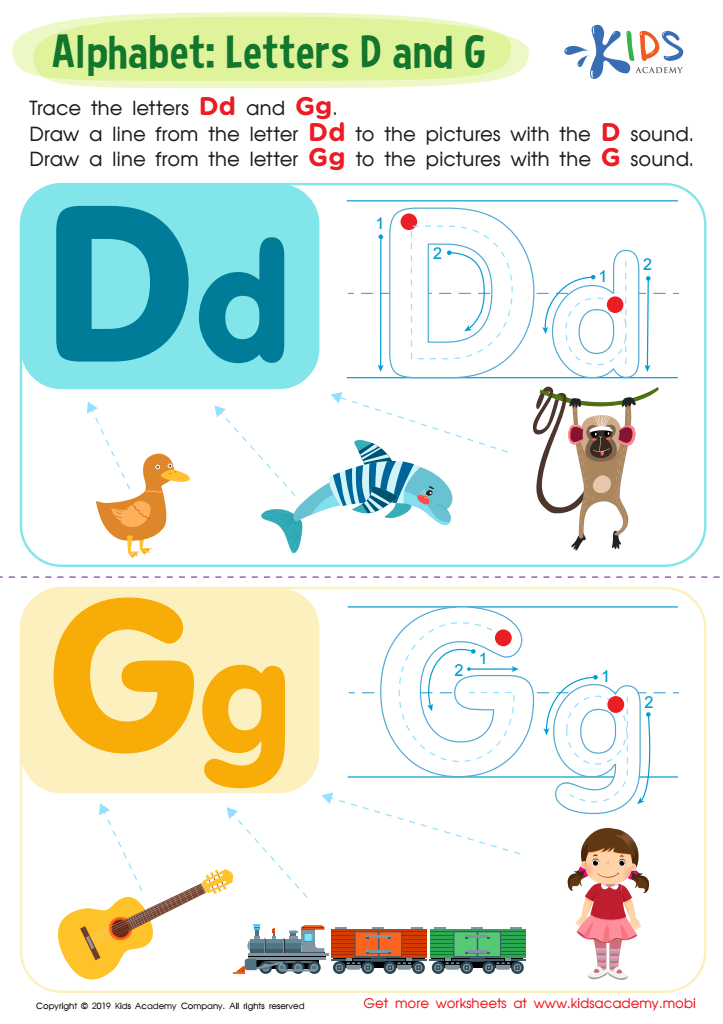

Letter D and G Tracing Worksheet


Letter G Tracing Page
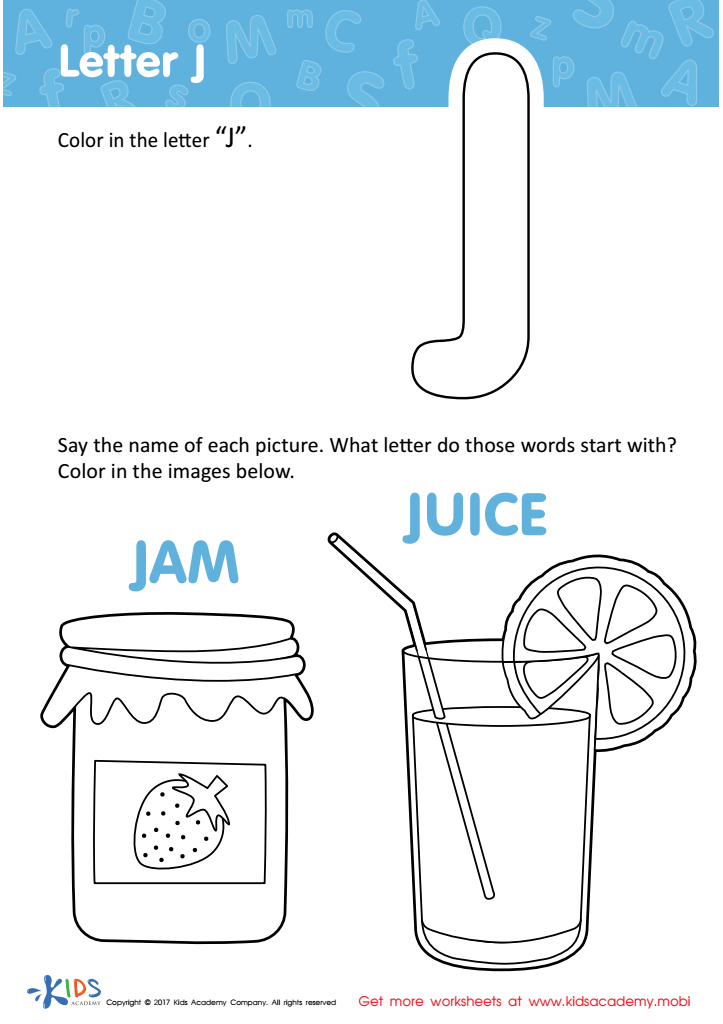

Letter J Coloring Sheet
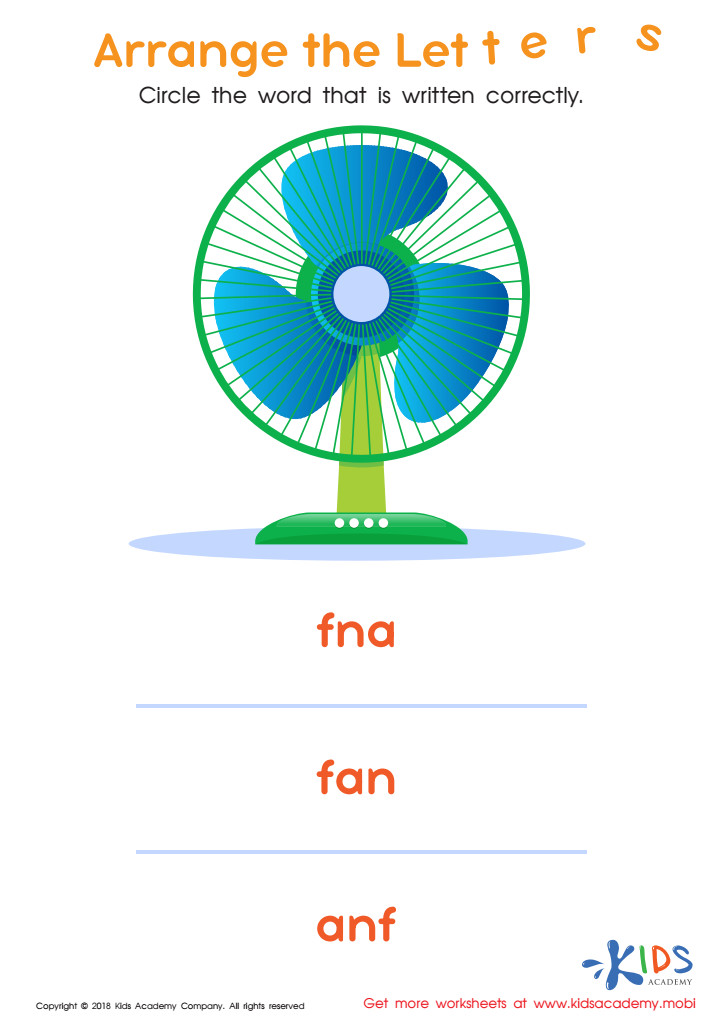

Arrange the Letters Worksheet
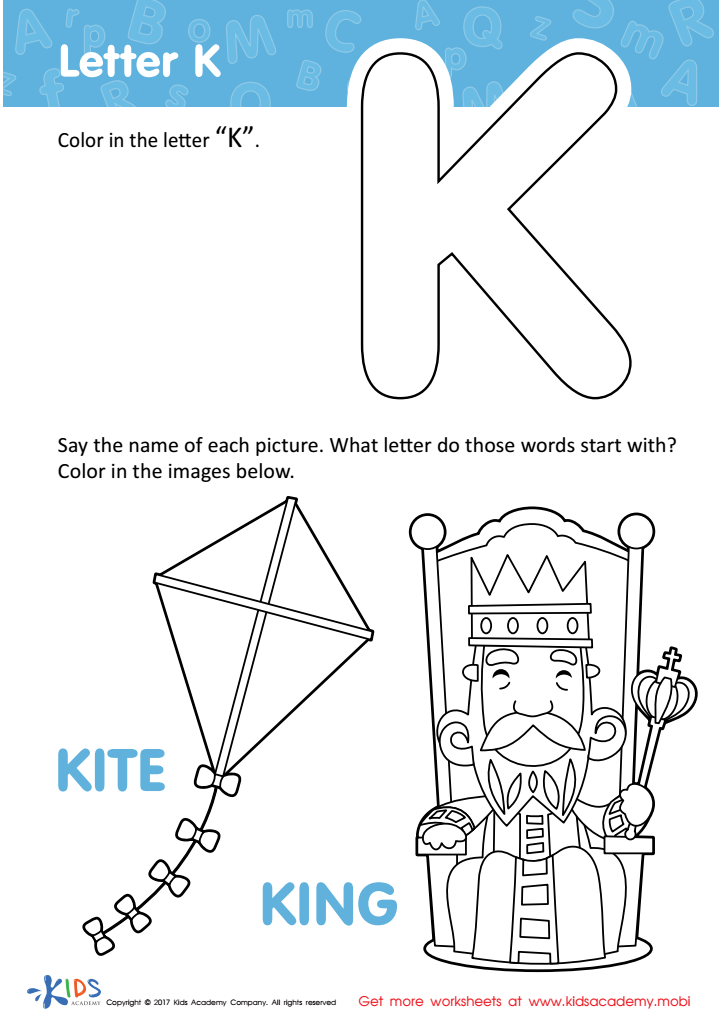

Letter K Coloring Sheet
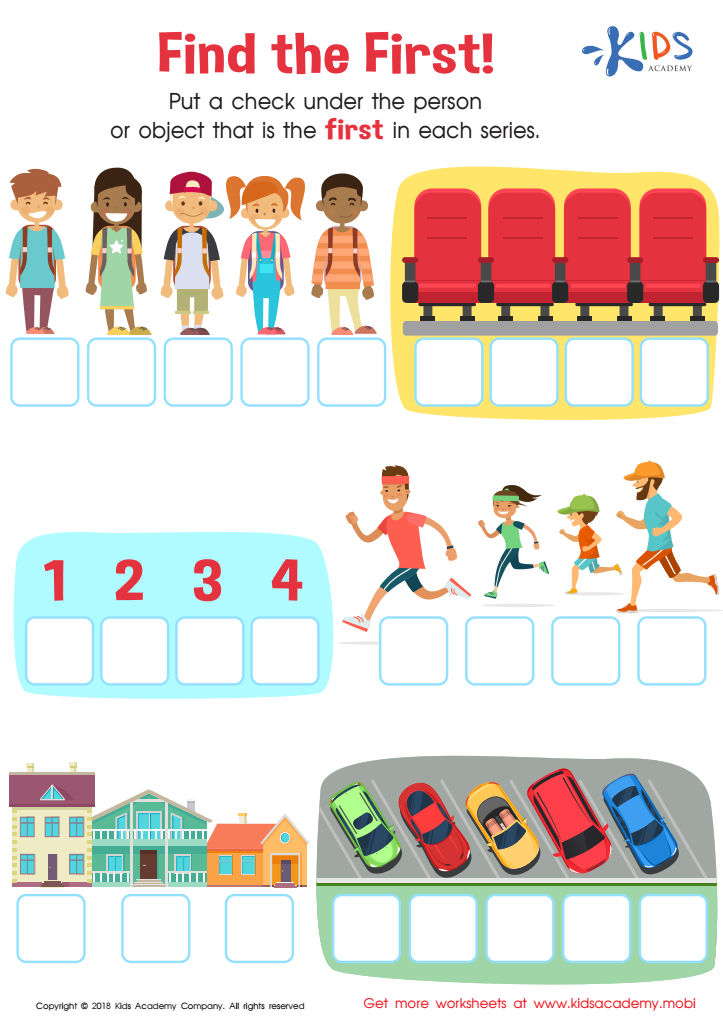

Find the First! Worksheet
Alphabetical order understanding for children aged 4-6 is crucial for several reasons. Firstly, it lays the foundation for literacy skills. Recognizing the sequence of letters helps children learn the names and sounds of letters, which are essential for reading and writing development. As they begin to encounter books, a familiarity with alphabetical order enables them to locate words and key information quickly, fostering a love for reading.
Secondly, recognizing alphabetical order enhances children’s organizational skills. When children learn to sort items—like their names or common words—by the alphabet, they develop critical thinking and categorization abilities that are beneficial in various aspects of learning.
Additionally, fostering an understanding of alphabetical order promotes independence in navigating their surroundings and resources. Whether finding a book on a shelf or navigating educational websites, children who grasp this concept gain confidence in their ability to find and use information.
Lastly, early introduction to alphabetical order contributes to social skills. Group activities that involve sorting or collaborating can teach teamwork and communication. Consequently, teaching children this foundational skill can positively impact different areas of their development, making it a priority for parents and teachers.
 Assign to My Students
Assign to My Students









